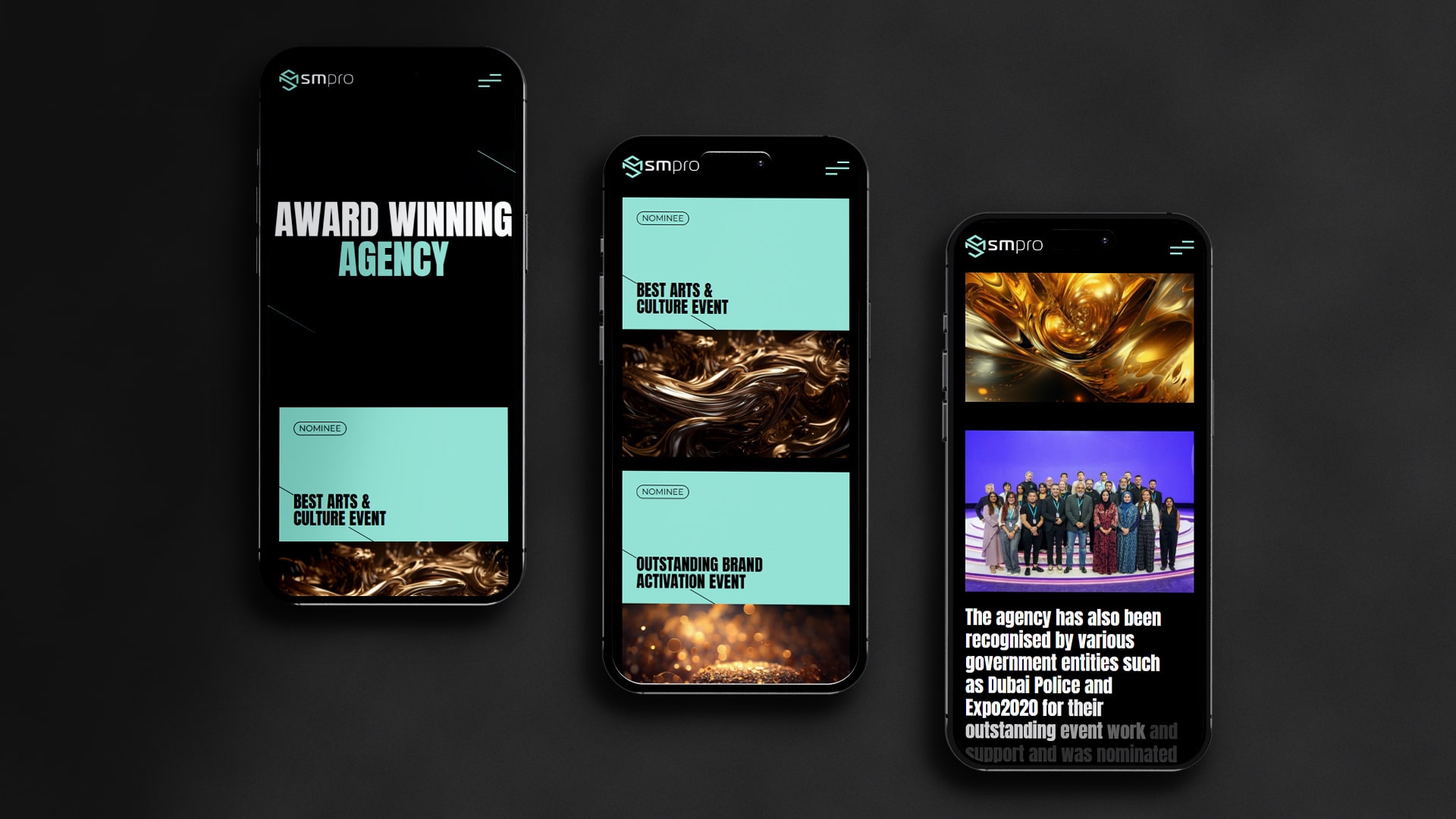Rebranding can be both exciting and intimidating. It’s a promising opportunity to give your company a chance to showcase its full capabilities and chart a new path to success. On the other hand, things can get out of hand very quickly if you do not take careful steps. The final decision is difficult to make. But there is a way out of the dilemma: knowledge.
Sound decisions are the foundation for all successful marketing efforts. Rebranding is no exception. That’s why we have decided to compile a comprehensive list of the pros and cons of rebranding, so you can better understand your choice’s potential benefits and drawbacks.

What Is Rebranding?
Rebranding is when a company changes its corporate image, name, logo, symbols, and website design. Essentially, rebranding is a marketing strategy that aims to give a new identity to an already established brand.
There are many reasons why rebranding makes sense on certain occasions. Perhaps the most important one is to connect with customers in a new way and through a unique personality. However, rebranding success is not always guaranteed. There is a risk that consumers will not like the new brand.
Generally, rebranding can be conducted in two ways:
- Proactive rebranding is a planned, calculated, strategy-based effort. It usually happens when a company finds an opportunity to grow, innovate, expand, and reconnect with customers.
- Reactive rebranding is a realignment process in response to a series of external events or a significant situation.
What we will cover in the rest of this article is primarily about proactive rebranding. The reason is that with reactive rebranding, you do not have much choice about the future path of your company. Moreover, you rarely have an option other than rebranding. So listing the pros and cons of reactive rebranding is pretty pointless.
Benefits of Rebranding
Back to our main question, let’s review some of the benefits of rebranding:
New Brand, New Voice
If you’re aiming for a fresh and modern look, rebranding is just what you need. You can start by updating your company’s logo, tagline, and theme to a cleaner/flatter/simpler design. This is extremely helpful in retargeting your target audience and getting their attention back in a unique way.
Also, it’s pretty normal for us humans to change focus to new goals. In the market, sometimes, these changes go beyond minor adjustments. So, if your new goals are much broader and don’t fit into the current organization, you can take a proactive approach.
Embracing New Values and Ideas
Rebranding is often confused with organizational restructuring. It involves both internal and external aspects of a business. Rebranding is not just about technical aspects. It can also change the mindset, core values, and ideas that define your company. You can integrate new values into the identity you prefer for your business to better support what you want to do in the future.
It is now scientifically proven that purchasing products and services is associated with emotional attachments and subjective relationships to that product. Rebranding, then, can be seen as an attempt to reshape those connections and relationships in an intelligent struggle to survive.
Reaching New Markets
Isn’t it the eternal dream of every business owner to have more customers? The bitter truth is that very few can make tangible progress in introducing their products to new markets. Marketing strategy is critical to how successful you are in targeting new audiences. And, of course, rebranding is a great way to define a company’s mission more comprehensively than ever.
Remember, most already established brands have more or less defined their marketing capabilities and limited them to a specific area. That’s not necessarily a bad thing, but it can constrain their ambitious plans for the future. In other words, one of the biggest benefits of rebranding is to improve your image for target audiences who have not been previously associated with that business.
Streamline Your Brand’s Message
Sometimes you may feel your brand’s message gets completely distorted and muddled when it reaches your customers. Why? Because your content team is falling short of expectations, strategists are misinterpreting customers’ personalities and needs, presentation is weak, or there are other reasons. Sometimes it’s a combination of everything.
One of the most rewarding benefits of rebranding is avoiding inconsistent, watered-down and inaccurate messaging. How? First, by bringing the focus back to your top priorities as a company. Dwelling on negative feedback isn’t very helpful. Instead, rebranding suggests fundamentally changing the way people think about you.

Drawbacks of Rebranding
As mentioned earlier, rebranding can be scary, too. It needs experience and keen observation to find the right time and place to implement it. Here are 3 notable drawbacks of rebranding:
No Way Back!
Giving up an already existing brand can be very painful. But it’s important to remember that once you have made that decision, you can not just press Ctrl+Z to put everything back the way it was. Rebranding is a strategic decision with significant implications. And some of those impacts are permanent.
This is probably one of the biggest drawbacks of rebranding. In this process, your company is changed in almost every aspect, from its website domains to employee uniforms. Even if you could undo some significant changes, it would cost you a fortune.
Major Sacrifices
Rebranding always requires sacrifices, which may be your reputation, name recognition, loyal customers, and to some extent, reliability. If your business is highly dependent on these factors, you may want to reconsider your decision.
However, you can regain your reputation, name recognition, and credibility with a successful rebranding. People aren’t mad at you just because you changed your business. But they expect you to do even better this time.
Confusion
The thing about change is that while we often encourage it, we have an inner aversion to it. Changes create uncertainty, and most people do not particularly like these chaotic, changing circumstances. Rebranding is a huge change; therefore, you must be prepared to deal with confusion immediately.
You need to reassure your customers that the result of your rebranding will only be better quality products and services. It can be challenging to get this message across, but it’s not impossible.
Bottom Line
At the end of the day, no one can tell you what to do with your business. But sometimes it’s better to take advice from experts in design and branding. Till then, go back and compare the drawbacks of rebranding with its upsides, and gather as much data as possible about your current and expected business performance.
Rebranding is a life-changing decision that requires a detailed, analytically sound understanding of your business and, of course, a certain “leap of faith.” You’ll be successful either way with the right combination of knowledge and courage.
To know more connect with GTECH.
Related Post
Publications, Insights & News from GTECH








